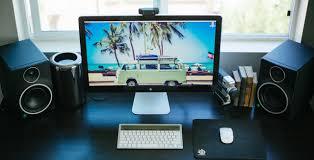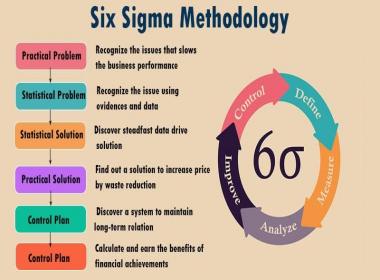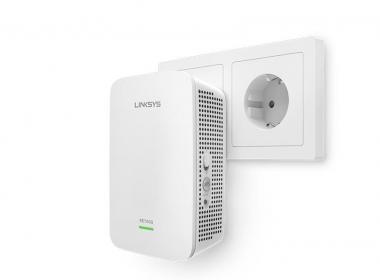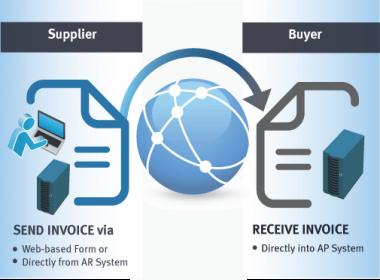
In this article, I am going to compare Studio Monitor and Speaker. This is often a standard question that every music fan wants to know, what is the difference between a professional studio monitor and a regular speaker A few days ago, I was looking for comparisons between studio monitors and speakers. Regrettably, I didn’t find any valuable information about it. To untrained eyes, studio monitors and home hi-fi speaker looks same. A straight rectangular frame, one or more speakers cones but more behind the scene.
Let’s find, what makes Studio Monitor special
Studio monitors play a vital role in recording, mixing, and mastering. If we can summarize it in simple terms, hi-fi speakers mean to sound good with a voice and in any place, while studio monitor means not good. There was some discussion on the forum but they were not very helpful. This report gives you a transient review of the studio monitor and speakers Studio Monitors are designed to deliver sound without color frequency, while the speakers add color to their firm. Studio monitor frequency response graphs are generally flatter than speakers.
Studio Monitors vs. Speakers (Short Analysis)
Well, you got the short answer. Now it's time to compare Studio Monitor vs. Speakers in detail. Here is some points analysis that helps you differentiate between studio monitor and speaker.
Studio Monitor and Regular Speaker: Technical Differences
Active Inactive Studio monitors are enabled, meaning they have built-in power amplifiers. Hi-Fi and the additional home speakers are often slothful, receiving power from the committed stand-alone amplifier. This means that the woofer (bass), midrange, and Twitter (treble) cone are each driven by different forces, giving a clearer sound. It has once again added clarity and accuracy, so you can hear every detail within the limits of EQ. The top-down points cover the nature of the sound, but the studio monitor is designed to have a flat, precise sound for close use.
Production purpose
Ordinary speaker manufacturers are aware of this and style their products because they can provide hi-fi sound. They specialize in sound quality, not sound accuracy. Studio monitors, especially near fields, are designed to give a good sound from a certain distance and point of view. If you turn around in front of the studio monitor, you will notice that the sound will make a slight difference. This is the logical argument that once you hear the last song during a normal speaker, it sounds better than a studio monitor. For a much better mix, an irregular sound is the most important factor.
Distortion
In general speakers, especially with budget speakers, you get distorted after a certain volume limit. The dynamic power of ordinary speakers is not capable of delivering uncertain sound at high volume. AMP is an additional factor. General AMP manufacturers typically use components that are not capable of handling and distorting beyond a certain volume. On the opposite hand, the studio monitor driver and amp are capable of handling clean and high volume operations. In dynamic or best studio monitors under 100%, the AMP is designed according to the wattage and frequency range of the driving force so that they are not overloaded in large volume operations and distortion is kept far away from the audio.
Also read about:
Nokia 3310
How to sugar wax at home You can learn
Best candles that come in custom candle boxes








